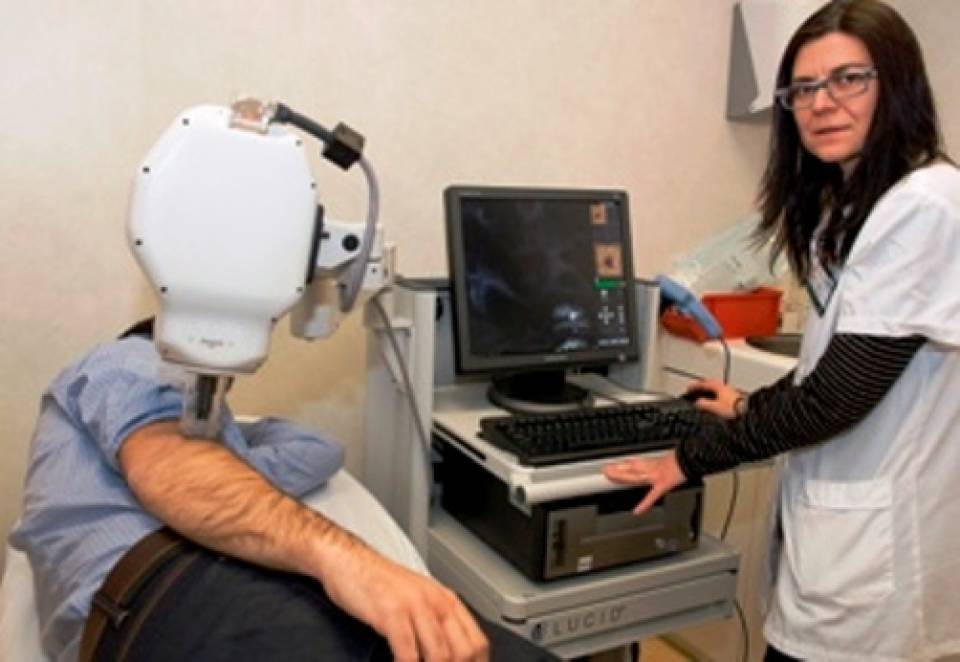Research is increasingly becoming a networked process. The big genome studies are a good example of the need to pool the efforts of gold standard centers around the world. Only in this way is it possible to achieve results as solid as those obtained by the GenoMEL project, which is funded by the European Commission to study the genetic and environmental risk factors for melanoma. The objective is to translate this knowledge into recommendations based on evidence and healthier habits. The latest results obtained by this project, to published Online on Sunday in the journal Nature Genetics, have found a link between the risk of melanoma and two regions associated with skin pigmentation and a new region of the genome. GenoMEL is led by Leeds University and the IDIBAPS - Hospital Clínic of Barcelona researchers Dr. Susana Puig and Dr. Josep Malvehy are the only Spanish authors of this article.
Single-nucleotide polymorphisms (SNPs) are small variations in the sequence of nucleotides that make up DNA and can be associated with many genetic diseases. The study published in Nature Genetics performs an exhaustive search for SNPs in a broad population sample. The study enrolled 4336 control subjects and 1650 patients with melanoma and probable unknown genetic susceptibility. That is, patients with familial melanoma, multiple melanoma or melanoma before the age of 40 years who do not present mutations in the familial melanoma genes. The study was later replicated in a sample of 1163 patients and 903 controls in order to increase the solidity of the results. The statistical studies identified three regions in the genome with variations that represent a risk of developing melanoma. Two of these regions form part of the genes TYR and MCR1, associated with skin pigmentation and sensitivity to sunlight; they had already been identified in previous studies as risk factors. The third region is on chromosome 9 and represents a new risk factor that needs to be studied in detail in future research.
One of the strengths of this study is the fact that it was able to identify risk factors for developing melanoma that are shared by a population from around Europe and Australia. The three identified regions with genetic variations have a similar effect in all population groups, despite genetic variability and the large differences in the level of exposure to sunlight, depending on place of origin. This type of study provides better information on the etiology of a complex disease. Further study is required in the context of big international collaborations in order to find the causes and combat the disease.

